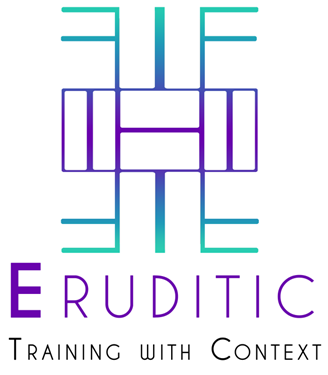Category Focus #1: IT Software
How can you deliver greater Value in Software Procurement?

In many of my past roles I have discovered that software procurement is hard (not least because we never seem to know what we have or what we need). Thinking about delivering more than just cost control is harder still. As a Procurement team, we must seek software licensing agreements that bring value across multiple aspects, like sustainability, environmental impact, supplier diversity, ease of use, adoption, and maintenance. I have put together five simple steps to make sure we get the software our stakeholders want and reap wide-ranging benefits for the business:
Collaborate with Stakeholders:
First things first, let's get talking with our stakeholders. Engage various departments, from IT to Sustainability and user teams. Gather their input on what they need in the software. Understand their pain points, challenges, and the specific features that could make their lives easier. By involving stakeholders early on, you'll get a clearer picture of the wider value we should be aiming for and this drives a great set of Business Requirements. Don't forget to spend time - and then more time - establishing what licenses you actually have. Software Asset Management (SAM) tools are great but you can bet your suppliers have a different number (and they will have the better data).
Prioritize Wider Value Factors:
While cost is important, prioritize other factors like sustainability, environmental impact, supplier diversity, ease of use, and maintenance. Set clear criteria for evaluating software options beyond just the price tag. Create a scoring system that considers these wider value factors alongside the financial aspect. This way, you'll ensure we choose software that truly aligns with the organization's goals and values.
Conduct Thorough Vendor Research:
Don't rush into choosing the first shiny software that comes your way (or which is pushed your way by IT....). Let's do our homework! Research potential vendors and their software offerings. Look into their track record on sustainability and environmental practices. Consider their commitment to supplier diversity and the ease of adopting and maintaining their software. Checking customer reviews and conducting reference checks will give us valuable insights from real users. As a final note - don't forget the market for resale licenses - you don't have to buy new!
Pilot Test the Software:
Before making a final decision, let's run a pilot test with a select group of users. This will allow us to evaluate how user-friendly the software is and how well it meets the needs of our stakeholders. Keep a close eye on adoption rates and feedback during the pilot phase. If our users love it and find it easy to use, it's a green light for wider implementation! You might say "We can't pilot an ERP system" - and you're right - but you can spend time talking to businesses like yours that already use the software - ask your potential vendors for References. If your potential supplier declines a pilot (and you should accept a reasonable set up fee - Suppliers do have costs too) then that's a big red flag
Negotiate for Added Value:
Once you've identified the software that ticks all the boxes, let's negotiate with the vendor for added value. Seek to include terms that support our wider value goals, like training programs for diverse supplier teams or regular sustainability updates. If we're a big customer, we've got some leverage to ask for extras that will benefit both us and the vendor. Again - you don't have to bundle the licenses and maintenance in the same OEM - where options exist, look at how you could split elements to drive value. In fact there are big advantages to using expert 3rd parties like Origina to access resale licenses and maintenance.
KISS: Keep It Simple St***d:
Simple rule - unless you absolutely have to, DON'T CUSTOMISE SOFTWARE. Trust me, those extra bells and whistles will become chains around you. They lock you into vendors, make maintenance and upgrades more complex and will certainly drive up costs. Just because your business process has been the same for 100 years doesn't mean it's right. After all, did any of us ask Amazon to change their software because we used to pay cash, at shops, in person?
I hope that by thinking about these steps, you'll not only get the software your stakeholders need but also deliver broader value to your organization. You'll enhance your sustainability efforts, support supplier diversity, and ensure that your software is user-friendly and easy to maintain. Plus, this proactive approach to considering wider value will position you as a strategic procurement business partner, making a positive impact on the company's overall success.
Have fun!
Richard










